5 Amazing Examples Of Natural Language Processing (NLP) In Practice
2 July 2021
One of the most challenging and revolutionary things artificial intelligence (AI) can do is speak, write, listen, and understand human language. Natural language processing (NLP) is a form of AI that extracts meaning from human language to make decisions based on the information. This technology is still evolving, but there are already many incredible ways natural language processing is used today. Here we highlight some of the everyday uses of natural language processing and five amazing examples of how natural language processing is transforming businesses.
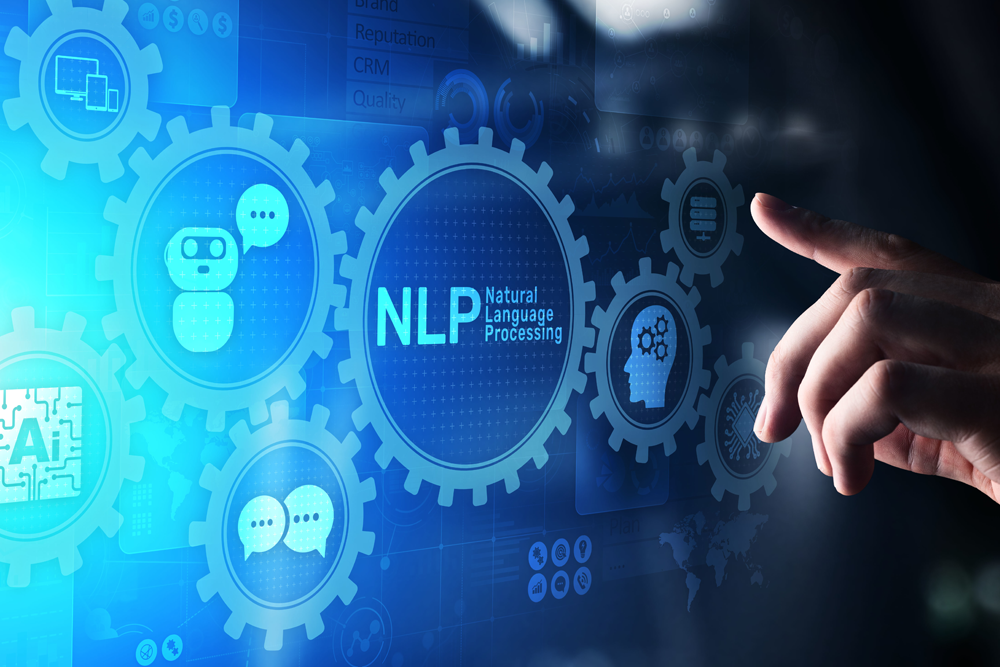
Everyday Functions of Natural Language Processing
Every day, humans exchange countless words with other humans to get all kinds of things accomplished. But communication is much more than words—there’s context, body language, intonation, and more that help us understand the intent of the words when we communicate with each other. That’s what makes natural language processing, the ability for a machine to understand human speech, such an incredible feat and one that has huge potential to impact so much in our modern existence. Today, there is a wide array of applications natural language processing is responsible for.
Many of us have virtual assistants in the form of the Amazon Echo or Google Home in our everyday lives and have enjoyed being able to interact with a computer through a conversational interface enabled by natural language processing. Many businesses are exploring how conversational interfaces can be transformational because the technology is platform agnostic, can continuously learn and offers customers a frictionless experience.
Natural language processing is behind the scenes for several things you may take for granted every day. When you ask Siri for directions or to send a text, natural language processing enables that functionality.
Here are some more applications of natural language processing:
Email assistant: Auto-correct, grammar and spell cheque, as well as auto-complete, are all functions enabled by NLP. The spam philtre on your email system uses NLP to determine what emails you’d like to keep in your inbox and what are likely spam and should be sorted out.
Answering questions: If you have shopped online or interacted with a website chat box, you likely were interacting with a chatbot rather than a human. These AI customer service gurus are actually algorithms that use natural language processing to be able to understand your query and respond to your questions adequately, automatically, and in real-time.
Drives e-commerce: NLP allows for better search results when you shop online. It is becoming adept at deciphering the intent of your message even if there are spelling errors or important details you omit in your search terms. By searching online, you are actually adding to the customer data available that help retailers learn your habits and preferences and therefore respond to them. In fact, Gartner predicts that 85 percent of customer interactions will be managed without humans by 2020.
Extract and summarise information: Natural language processing can extract and synthesise information from a variety of text sources such as news reports, user manuals, and more. After getting info, it can use what it understood to make decisions or take action based on algorithms.
5 Amazing Examples of Natural Language Processing
- Natural language processing helps the Livox app be a communication device for people with disabilities. The creation of Carlos Pereira, a father who developed the app to help his non-verbal daughter, who has cerebral palsy communicate, the customizable app is now available in 25 languages.
- Another tool enabled by natural language processing is SignAll that converts sign language into text. This can help individuals who are deaf communicate with those who don’t know sign language.
- Machine translation is a huge application for NLP that allows us to overcome barriers to communicating with individuals from around the world as well as understand tech manuals and catalogues written in a foreign language. Google Translate is used by 500 million people every day to understand more than 100 world languages.
- Natural language processing technology is even being applied for aircraft maintenance. Not only could it help mechanics synthesise information from enormous aircraft manuals it can also find meaning in the descriptions of problems reported verbally or handwritten from pilots and other humans.
- While the issue is complex, there’s even work being done to have natural language processing assist with predictive police work to specifically identify the motive in crimes.
As industry leaders continue to experiment and develop enhancements to natural language processing such as Amazon’s Alexa division using a neural network to transfer learning, we can expect that NLP will become even better and more influential for business in the very near future.
Related Articles
Why 54% of Customers Are Disappointed: 5 CX Mistakes Your Business Can’t Afford
By now, “smart” versions exist of just about every home appliance, gadget and gizmos we can think of. However, manufacturers continue[...]
Leadership At Warp Speed: How To Drive Success In The Era Of Agentic AI
By now, “smart” versions exist of just about every home appliance, gadget and gizmos we can think of. However, manufacturers continue[...]
The Important Difference Between Agentic AI And AI Agents
By now, “smart” versions exist of just about every home appliance, gadget and gizmos we can think of. However, manufacturers continue[...]
Why Trust Is The Missing Ingredient In Your AI Strategy
By now, “smart” versions exist of just about every home appliance, gadget and gizmos we can think of. However, manufacturers continue[...]
Forget ChatGPT: Why Agentic AI Is The Next Big Retail Disruption
By now, “smart” versions exist of just about every home appliance, gadget and gizmos we can think of. However, manufacturers continue[...]
OpenAI’s GPT-5 Is Coming: Here’s What We Know So Far
By now, “smart” versions exist of just about every home appliance, gadget and gizmos we can think of. However, manufacturers continue[...]
Sign up to Stay in Touch!
Bernard Marr is a world-renowned futurist, influencer and thought leader in the fields of business and technology, with a passion for using technology for the good of humanity.
He is a best-selling author of over 20 books, writes a regular column for Forbes and advises and coaches many of the world’s best-known organisations.
He has a combined following of 4 million people across his social media channels and newsletters and was ranked by LinkedIn as one of the top 5 business influencers in the world.
Bernard’s latest book is ‘Generative AI in Practice’.

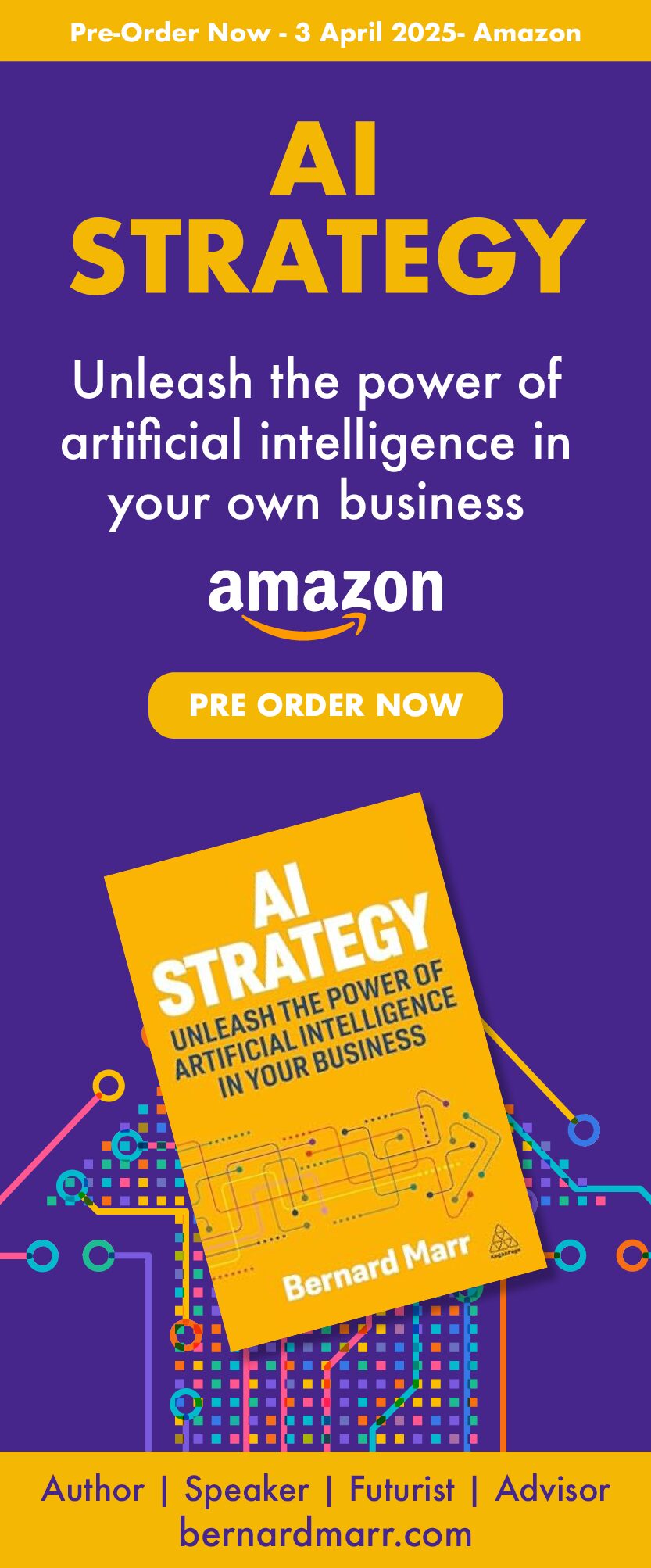


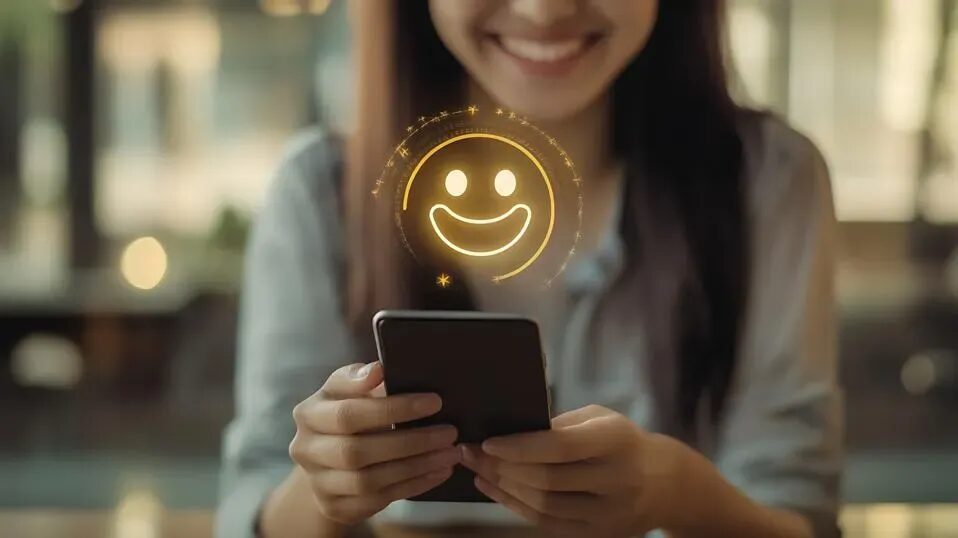
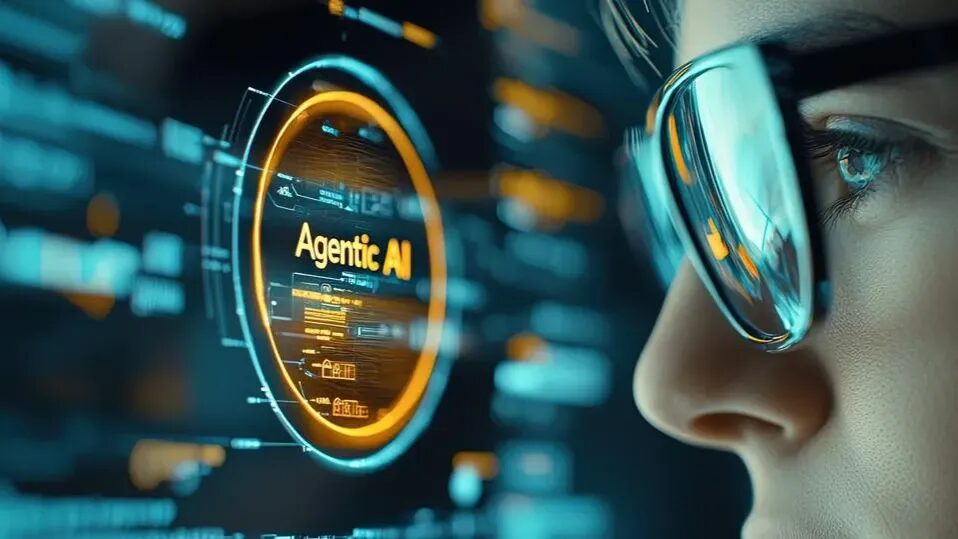
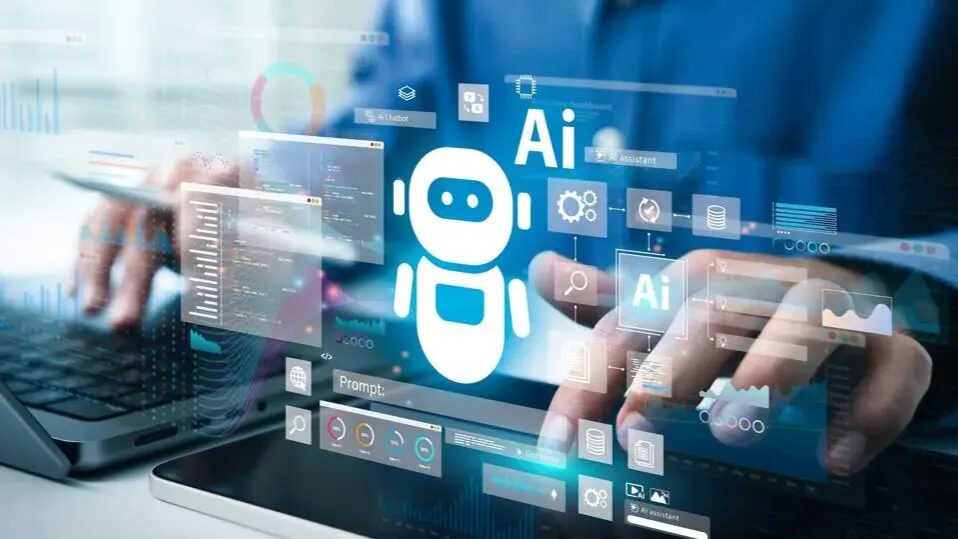
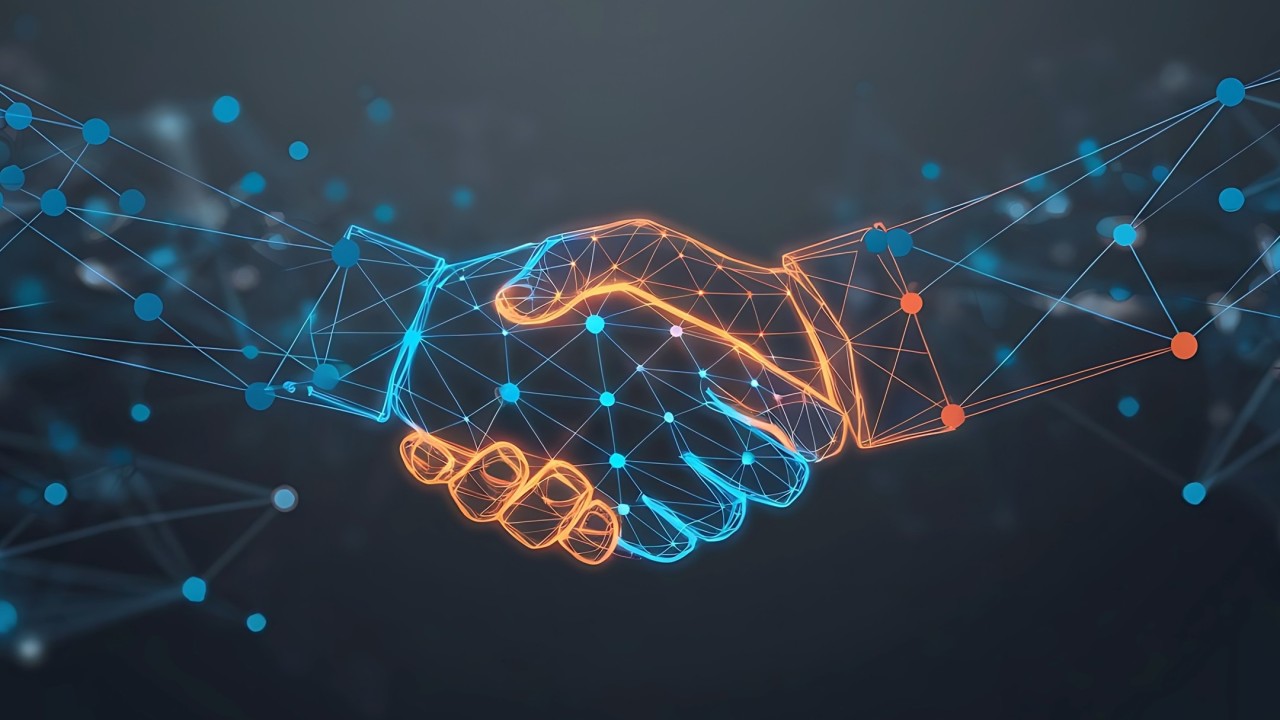
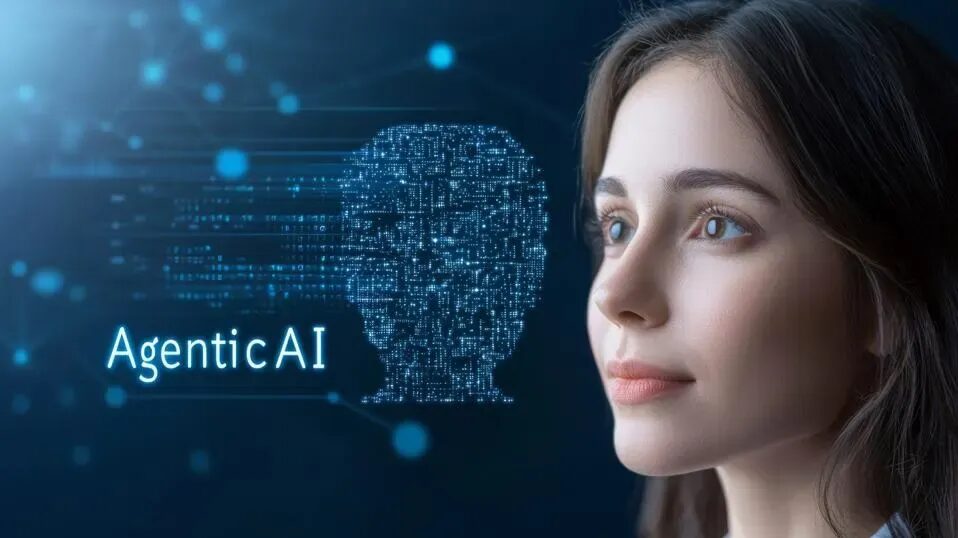
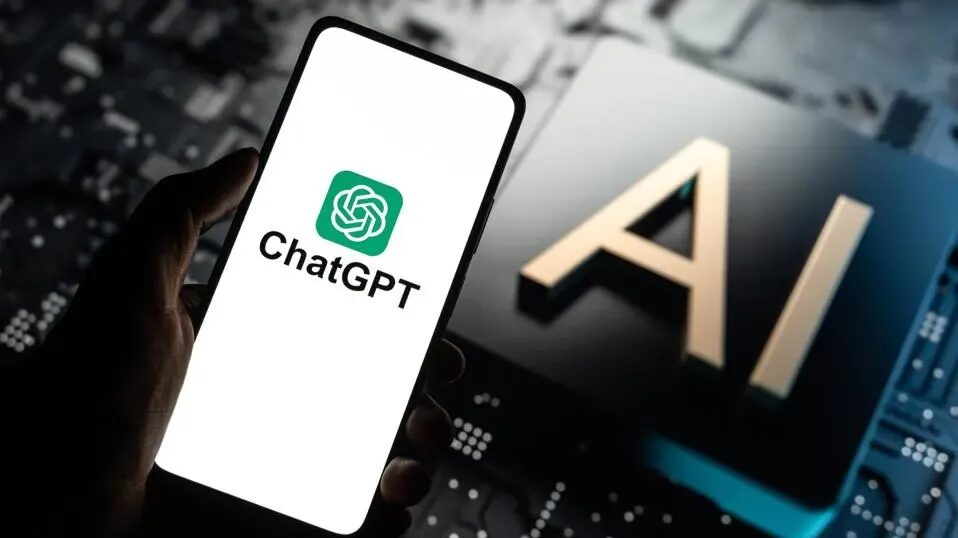
Social Media